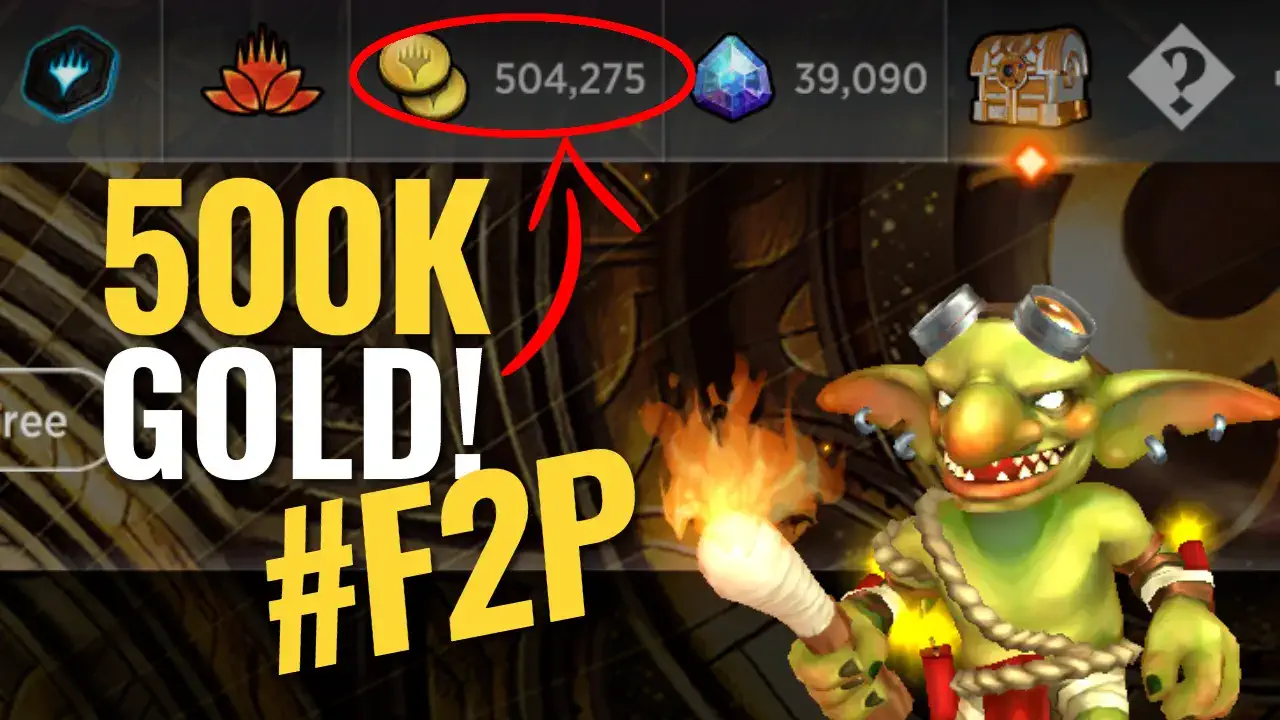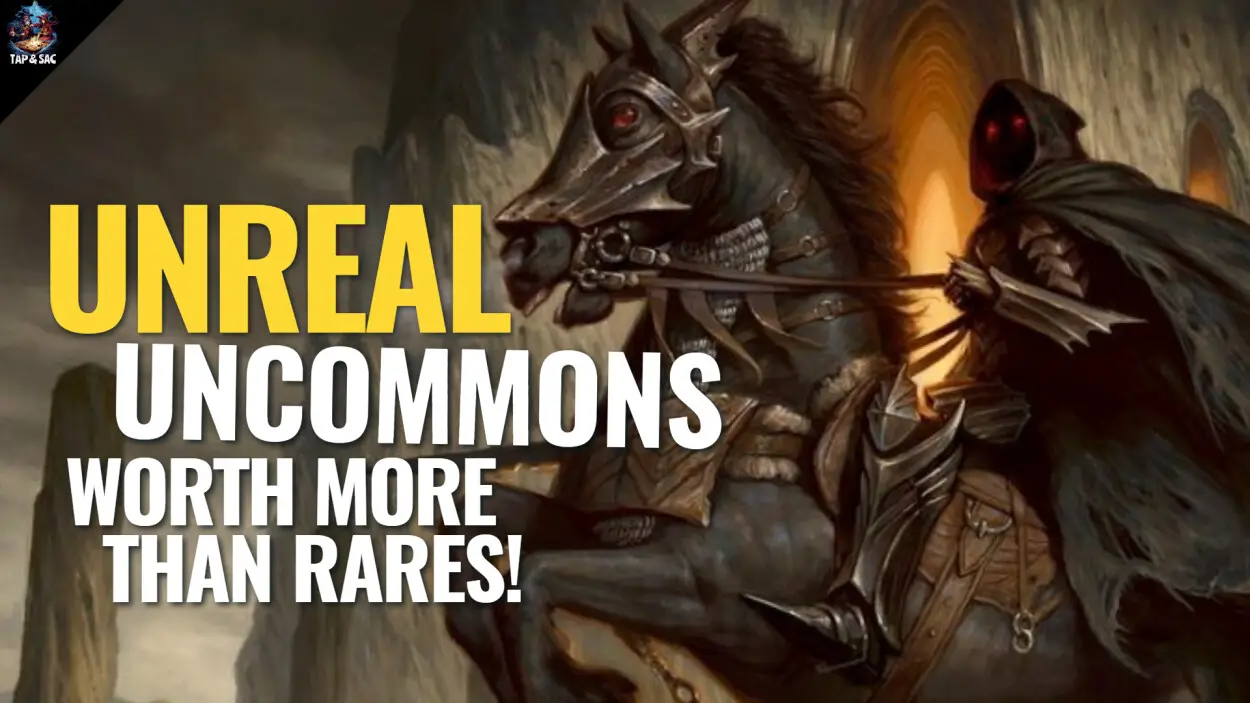It’s everyone’s secret fantasy – make a living with your dirty passion. We’ve already discussed about why Magic: the Gathering is expensive. Now’s the next important question: if it’s so expensive, could you make a living out of it?
Theoretically, you could actually make a living buying and selling MTG cards. After all, that’s what all Local Games Stores (LGS) do. But like any other business, you have to sink in a good chunk of money to build inventory. Alpha Investments – one of the world’s biggest investor of sealed MTG products – has repeatedly stated US$100,000 is needed to open a shop.
Then there is the question of you as a player who would like to earn some extra money with MTG. Yes, you could make some money, but not make a living out of it unless you were opening an LGS or going professional. We’ll go through the steps of how to actually earn from buying and selling cards, and also the challenges ahead.
Make A Living 101: Buy Low, Sell High
This is no secret, and all your friends who make a living trading stocks will tell you the same thing. What a MTG trader would have to do is keep track of the market prices using websites such as MTG Goldfish or Star City Games. Part of an LGS revenue comes from selling single cards. They buy in collections from players at 50-70% of market prices, and then resell for a minimum 30% margin.
Trading with Magic cards differs from stock trading in one very big way – physical assets such as Magic are considered illiquid. That means it’s neither easy nor quick to sell large quantities, should you need money urgently. Stock trading, on the other hand, is instant and there is a much larger market out there ready to buy what you are selling.
Don’t Buy Sealed Products If You’re Going To Open Them
As an individual, buying and opening sealed Booster Boxes is usually not a good financial choice. Even though a box’s expected value (the sum value of all cards) may be close or even higher than the price you paid, the outcome is often less. This is because many Commons, Uncommons, and unplayable Rare cards will not fetch its listed market price.
For example, a mediocre card such as Mazemind Tome can be listed for US$2.50. However, neither stores nor individuals will buy the card at that price, simply because it’s not used much in competitive decks, and sellers have a big supply to let go. You might have to go as low as US$1.50 before you could sell it off.
Furthermore, a Booster Box contains random cards. One might contain more valuable cards, while another can be a big disappointment. In finance terms, it’s a high-risk product. If you want to make a living as an investor, it’s best not to take such risks. By keeping the box sealed, it becomes a scarcer commodity over time.
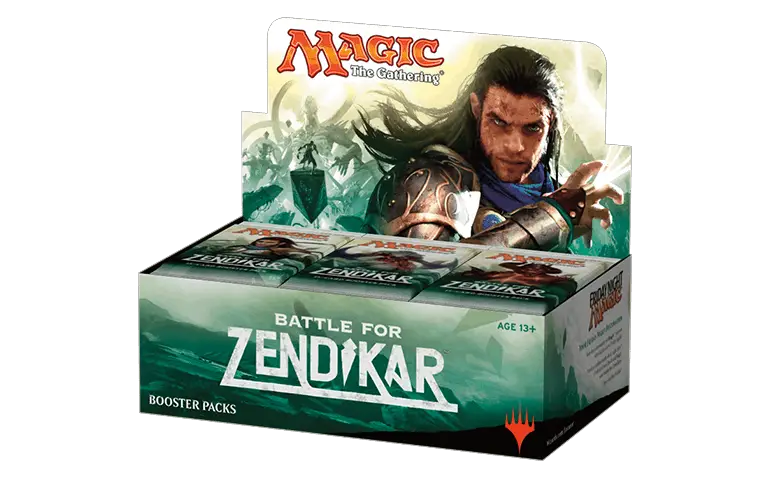
Let’s take the Battle for Zendikar expansion set as a reference. Sealed boxes are currently being sold on Ebay for between US$150 – US$200. Battle for Zendikar (BFZ) was released in 2015 and a box then would have cost about US$90. So in five years, your asset value has increased by at least 50%. That’s a good return, but take note that BFZ was an extremely popular set because of lottery cards. Thus not all MTG products are going to see the same returns over time.
Must Trade in High Volume
If selling a card nets you a $5 profit, then to make an average monthly ‘salary’ of $4000, you’d have to sell 800 cards a month. That’s an idea of the volume you’d have to trade to make a living.
For LGS, this is usually not a problem because they already possess a large inventory. Stores buy in single cards at reduced prices, and they also purchase Booster Boxes from distributors at lower prices than regular players. In addition, they have multiple revenue streams, such as holding daily and weekly events that charge an entry fee.
To an individual player, trading in such high volume from month to month can be. You would need to have a good understanding of the metagame and also predict what cards have the potential to rise in price.


Let’s take a recent example: Sublime Epiphany from Core Set 2021 was just released. It’s widely considered to be a beefed-up version of another popular card – Cryptic Command. While Cryptic Command maintains a steady price of around $10-20, Sublime Epiphany is now only priced at $2.50. The reason the price is relatively low is because the card is currently not widely used in different formats.
Hypothetically, you could buy 100 copies of Sublime Epiphany for a discounted price of $200. If the market shifts in two months and the price shoots up to $10 each, that’s a neat 400% profit, way better than any possible stock return in such a short amount of time. However, if the card never takes off, you could find yourself down 50%, and a tough time to even sell all 100 copies you had bought.
External Factors Affect The Ebb And Flow Of Card Prices
The biggest point to take away is that prices of MTG cards are often influenced by external events. A card that just sits there in the long passage of time will not appreciate much in value.
One major external event is the launch of new sets along with new cards. Releasing new cards and products is vital in keeping the game alive, as evident in over 25 years of history. But new releases also create a lot of hype, especially when spoilers are revealed weeks before cards actually hit the store. Because of that hype, prices of new cards are generally at their peak in the first couple weeks after launch.
The graph above illustrates the general softening of new card prices after a new set launch. “Bulk rares,” defined as Rare cards that don’t see any gameplay in competitive decks, drop to 50 cents or less. That is 12.5% of the price of one Booster pack (that contains a random Rare card).
Knowing that prices are destined to drop across the board, this is the best time to sell if you are trying to make a living as an MTG trader. Logically, don’t buy a bulk of cards at this time too, unless you are predicting specific cards to rise in price, such as in our Sublime Epiphany example above.
Another external factor that affects card prices is the shifting of the competitive scene. This can take place in many formats of the game, even in unofficial ones such as Commander. When certain cards gain prominence in tournaments and events, more people start to pick up the same cards to build the winning deck. This creates a shortage in supply and thus raises prices. Let’s look at Uro, Titan of Nature’s Wrath as an example:
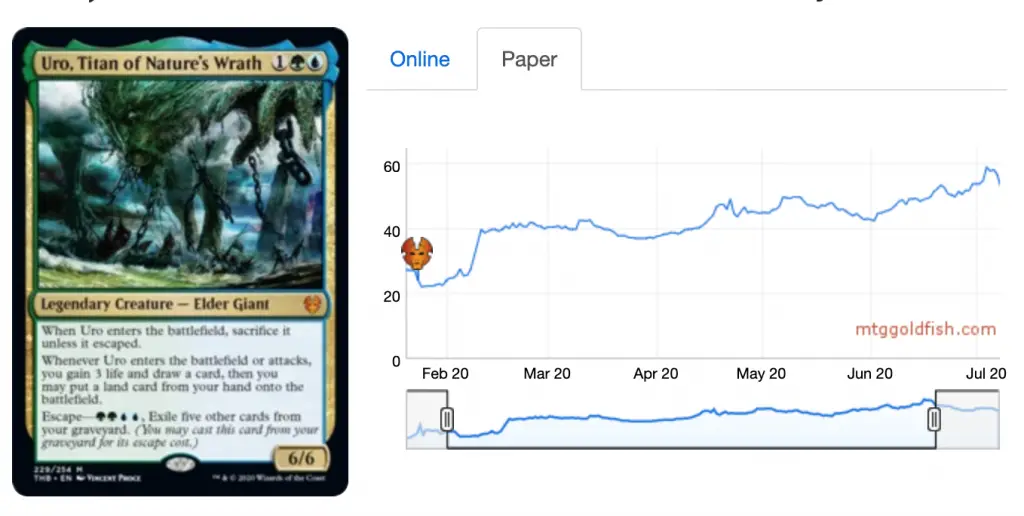
Despite starting at a relatively high price of $30 at launch, Uro, Titan of Nature’s Wrath has steadily increased to $60 in five months. It is widely used in many formats because of its powerful abilities. In addition, less people are buying Booster packs from its set Theros, Beyond Death. We should point out that the Mythic Rare status of the card doesn’t mean prices would go up. There are many other Mythic Rare cards that fell badly in price due to lack of use in games.
End Step: Can You Really Make A Living?
As an individual, you could make a living, but it’s not particularly recommended. The illiquid nature of physical assets, and the necessity for volume buys, are undesirable factors when buying and selling MTG cards for profit.
To have a better chance to make a living, opening an LGS could be an option. An LGS would have other streams of revenue such as holding events, plus it has the ability to buy cards from players, and products from Wizards of the Coast at a cheaper price. In addition, players and customers are naturally attracted to the store for direct purchases, saving you as an individual the trouble of finding buyers.
However bear in mind that opening an LGS requires high startup cost, from renting and renovating a physical space, to buying product and card inventory upfront. A figure close to US$100,000 is not beyond the imagination.
Are there any other ways you’ve found that can earn a decent profit in MTG? Please drop us a comment below or e-mail you thoughts!



